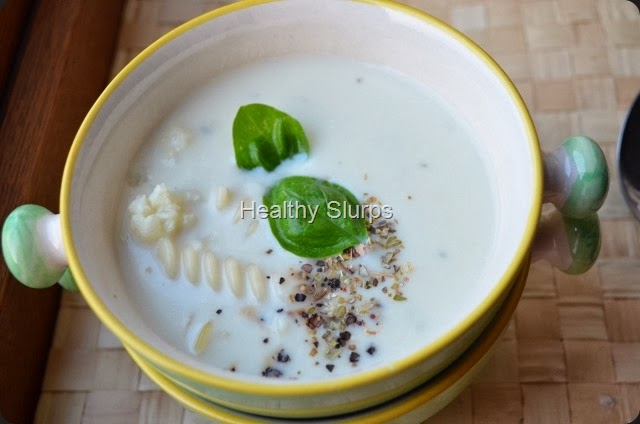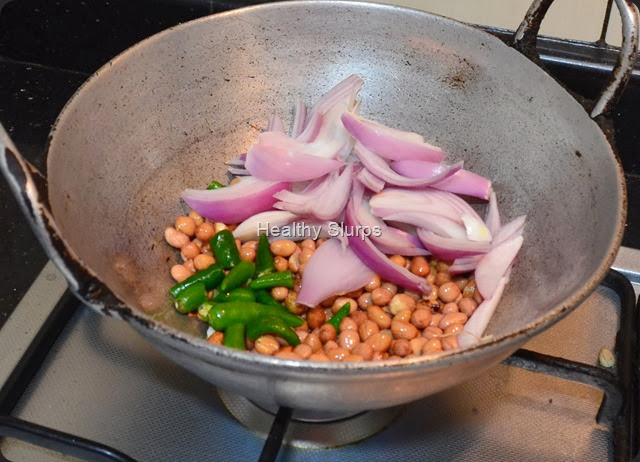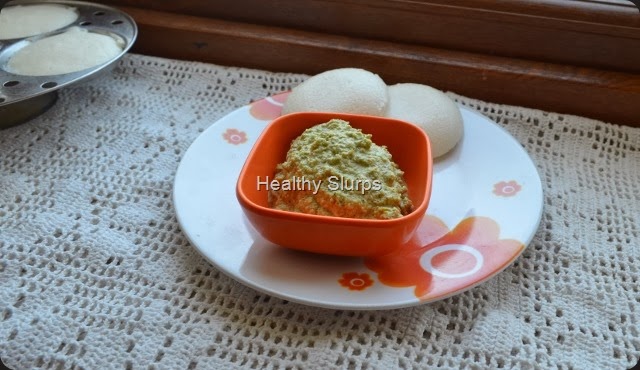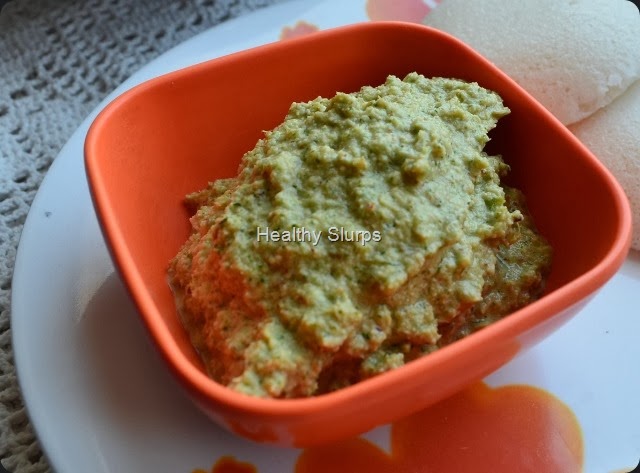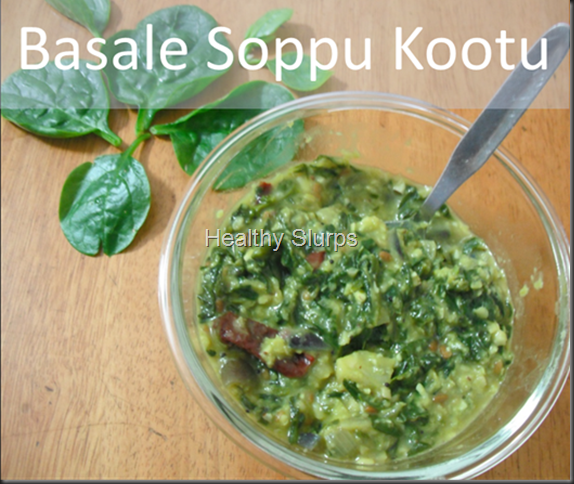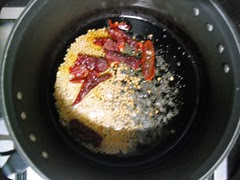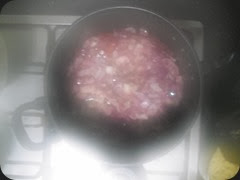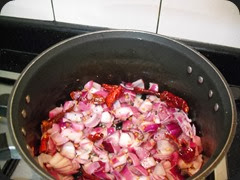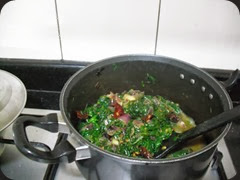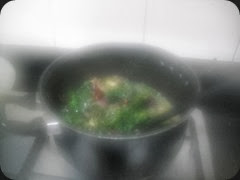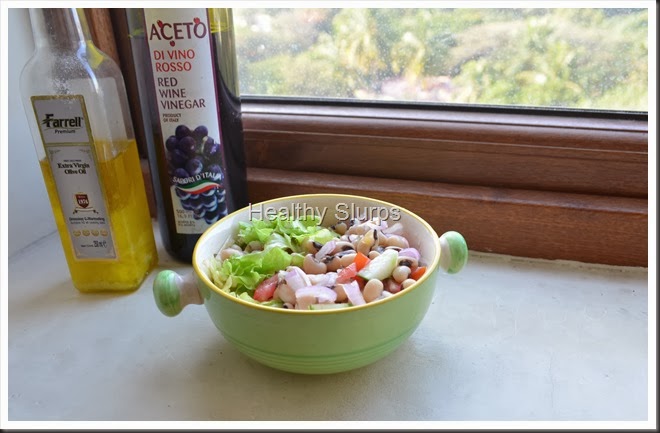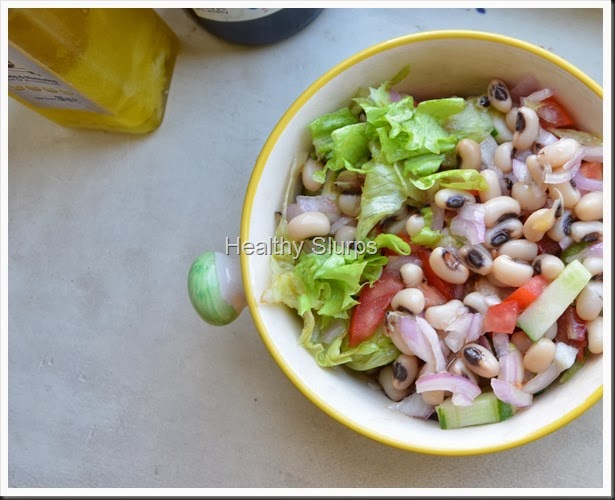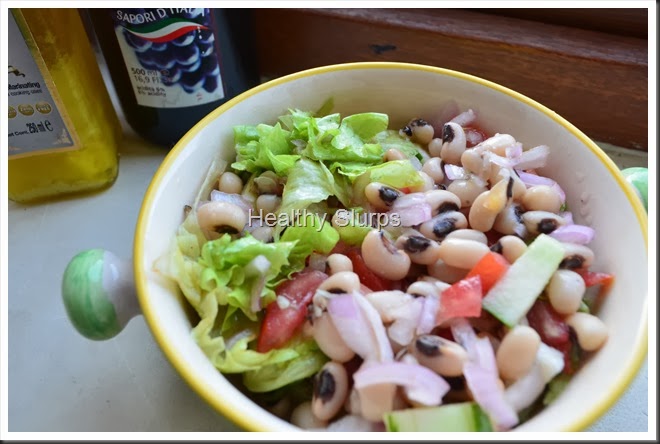I am surprised that I have not posted a single recipe for a soup so far. Rather unexpected, because I do make soups so often. To make amends for that lapse, here is a recipe I made for my daughter. She is enduring a bout of viral fever and nothing like a hearty soup to perk her bored spirits up.
Soups are very versatile. They can be made with minimal ingredients, can range from clear to rich and creamy. A soup can stimulate appetite, can cure anything from cold, flu to heart breaks. Soups are especially welcome during chilly wintry evenings.
What are the benefits of eating soup during / before a meal?
- A soup combines dual advantage of being nutrient dense and not energy dense. In simple speak, soups offer more nutrients and less calories.
- Vegetable soups are a tasty way to include more vegetables to daily intake.
- Broth based soups help to lower hunger, manage food cravings, increase fluid intake.
- Having a soup before the main meal helps to decrease intake of calories by at least 20%.
- Homemade soups with fresh ingredients are the healthiest, most nourishing and wholesome.
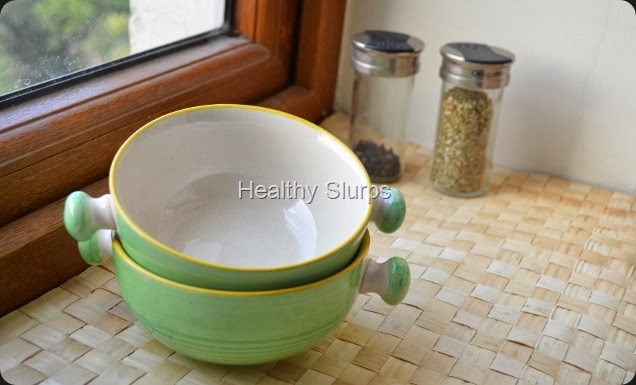
You Need
- White cauliflower – 10 medium florets
- Cabbage –1/4 cup, shredded
- Onion – 1/8 of medium onion, sliced
- Skim milk – 1 cup
- Fresh water – 1 cup
- Butter – 3/4 tsp
- Salt – 1/2 tsp
- Black /White Pepper – 1/2 tsp
- Oregano powder – 1/4 tsp
To Assemble
- Blanch cauliflower florets for only 2 minutes ( to remove unwelcome guests such as worms)
- In a pressure pan, heat butter, fry onion to light pink, add cabbage followed by cauliflower. Toss until all vegetables are coated with butter. Add 1/2 cup skim milk, pressure cook till 1 whistle.
- Cool the contents, reserve a couple of florets for garnish and run in a mixer till it becomes a smooth puree.
- Return to pressure pan, rinse out mixer jar with freshwater, add that to the pan too. Add the reserved 1/2 cup milk to adjust consistency. Add salt, oregano.
- Simmer the soup until it just comes to a boil. Keep stirring to avoid scorching the base of the pan.
- Add crushed black / white pepper to taste.
- Grate the reserved cauliflower, divide among soup bowls, pour hot soup over that and serve piping hot.
Variations -
You may add rosemary or thyme instead of oregano if you prefer.
A pinch of grated nutmeg at the end will also be great.
A few pasta shells can also be boiled and added if serving to a sick child (for some calories and to make it more appealing).
